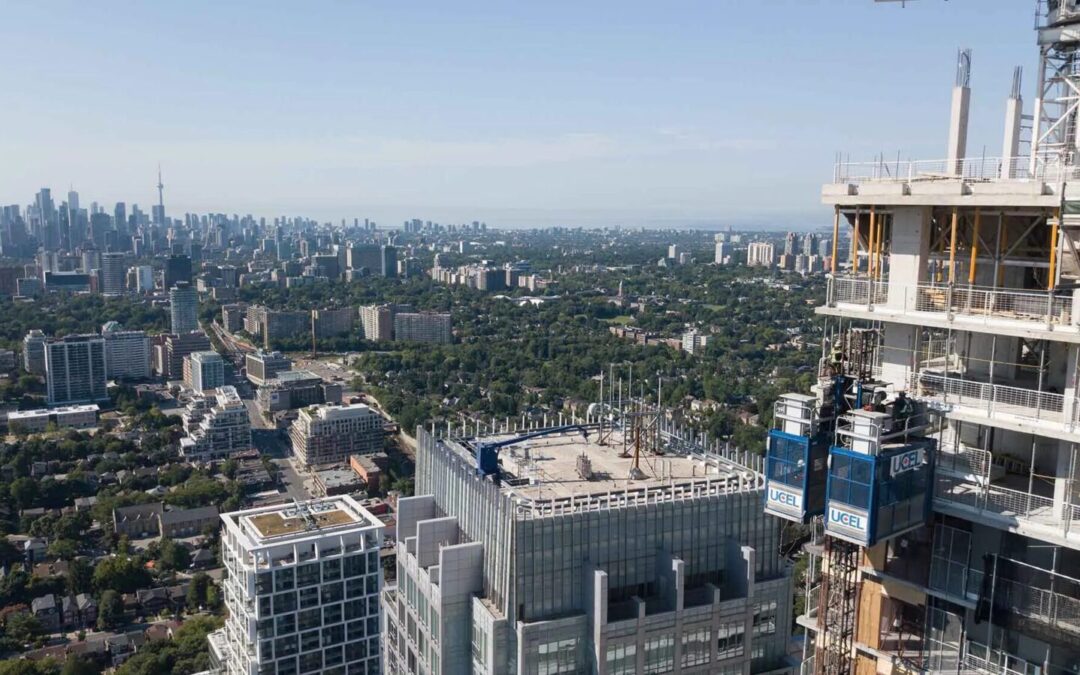The decision to rent a construction lift or install a permanent elevator for construction projects is crucial. Each option has unique benefits and limitations that impact cost, functionality, and project timelines. Understanding the differences between construction lift rentals and permanent solutions helps project managers make choices that align with their specific needs and objectives.
Why Consider Construction Elevator Rentals?
Construction hoist rentals offer a short-term need-based solution for temporary workplaces or when flexibility is critical. Renting enables companies to meet short-term requirements without undertaking long-term commitments.
Benefits of Rentals:
- Lower Initial Costs: Renting provides the solution instead of the high initial investment required to buy and install permanent elevators.
- Maintenance Included: Most rental agreements cover standard maintenance and repairs, reducing operational burdens.
- Adaptability: Rental equipment can be chosen according to project needs, including height or load limits.
- Time-Saving Deployment: These lifts are easy to procure and install, making them ideal for fast-paced project schedules.
Challenges of Renting
Although construction elevator rentals offer many advantages, they also have limitations that may not suit every project.
- Recurring Expenses: Extended rental periods can result in higher cumulative costs compared to ownership.
- Customization Constraints: Rental equipment is typically standardized, with limited opportunities for customization to fit specific project needs.
- Availability Risks: Access to required equipment may be restricted during periods of high demand.
Advantages of Permanent Installations
Installed elevators are a viable alternative to construction hoist rentals for projects that require ongoing vertical access or structures demanding a constant vertical solution.
Benefits of Permanent Solutions:
- Tailored Design: Permanent systems can be customized to meet a site’s specific structural and functional requirements.
- Long-Term Value: While the initial investment is significant, permanent installations typically offer a high return on investment for long-term use.
- Durability: Built for sustained use, permanent elevators provide enhanced reliability and reduced downtime over the years.
Considerations for Permanent Installations
Despite their benefits, permanent systems are not always the ideal solution for every project.
- Higher Upfront Costs: Purchasing and installing permanent systems require significant capital investment.
- Ongoing Maintenance Responsibility: Owners are responsible for maintenance, repairs, adherence to safety standards, etc.
- Fixed Location: Unlike rentals, permanent installations are fixed in place, limiting flexibility for projects requiring mobility.
Which Option is Right for Your Project?
The decision between construction hoist rentals and permanent solutions depends on several factors, including the project’s duration, budget, and operational needs. Rentals provide economical, customizable solutions for short-term projects, whereas permanent systems offer years of reliability and value for structures requiring continuous vertical access.
